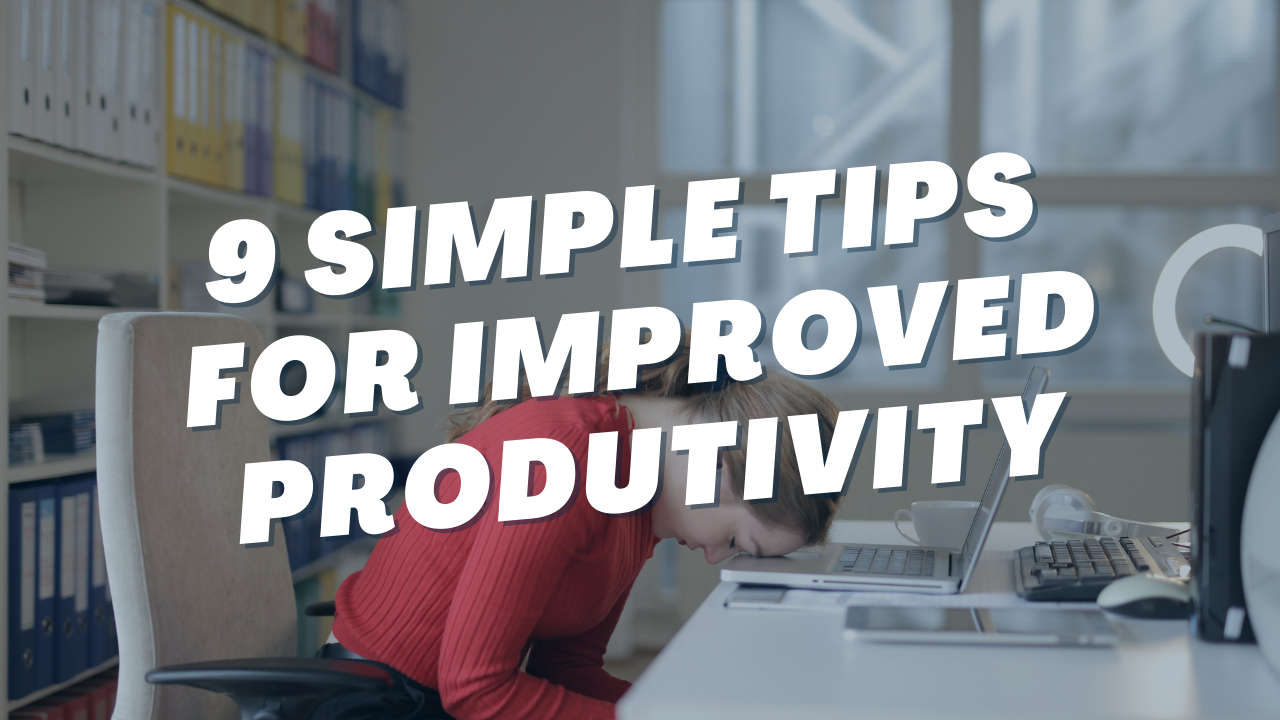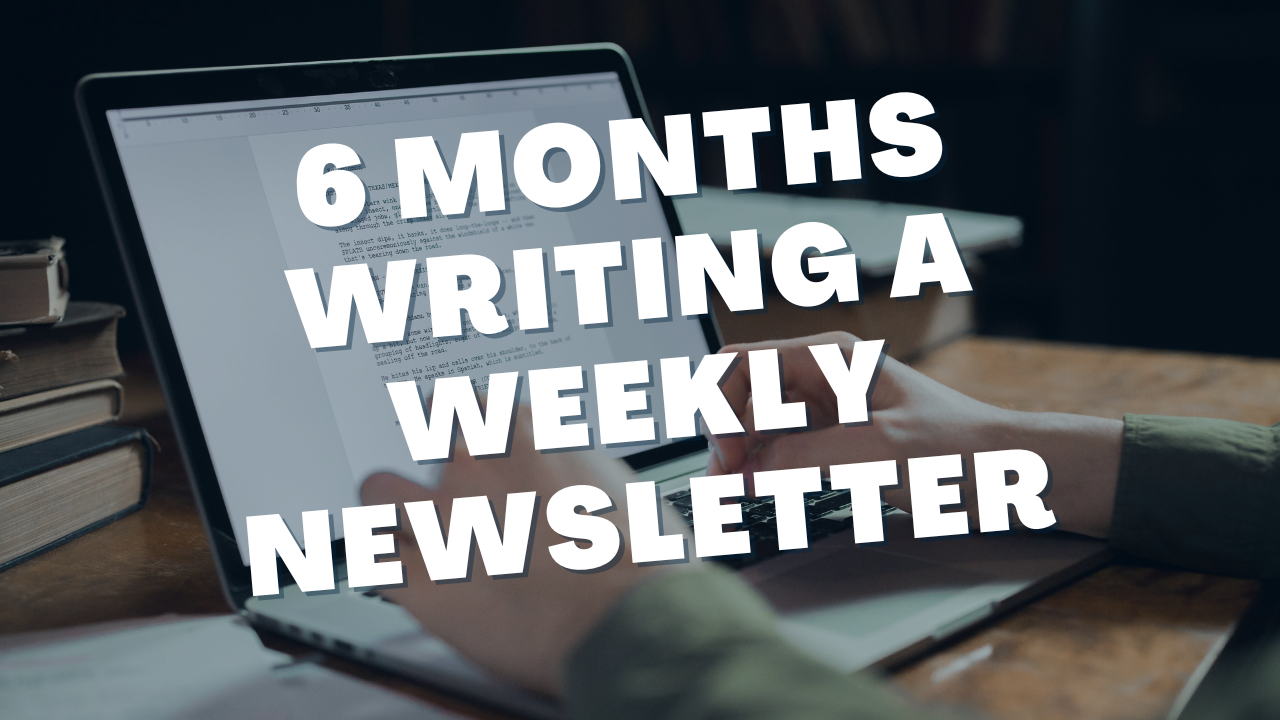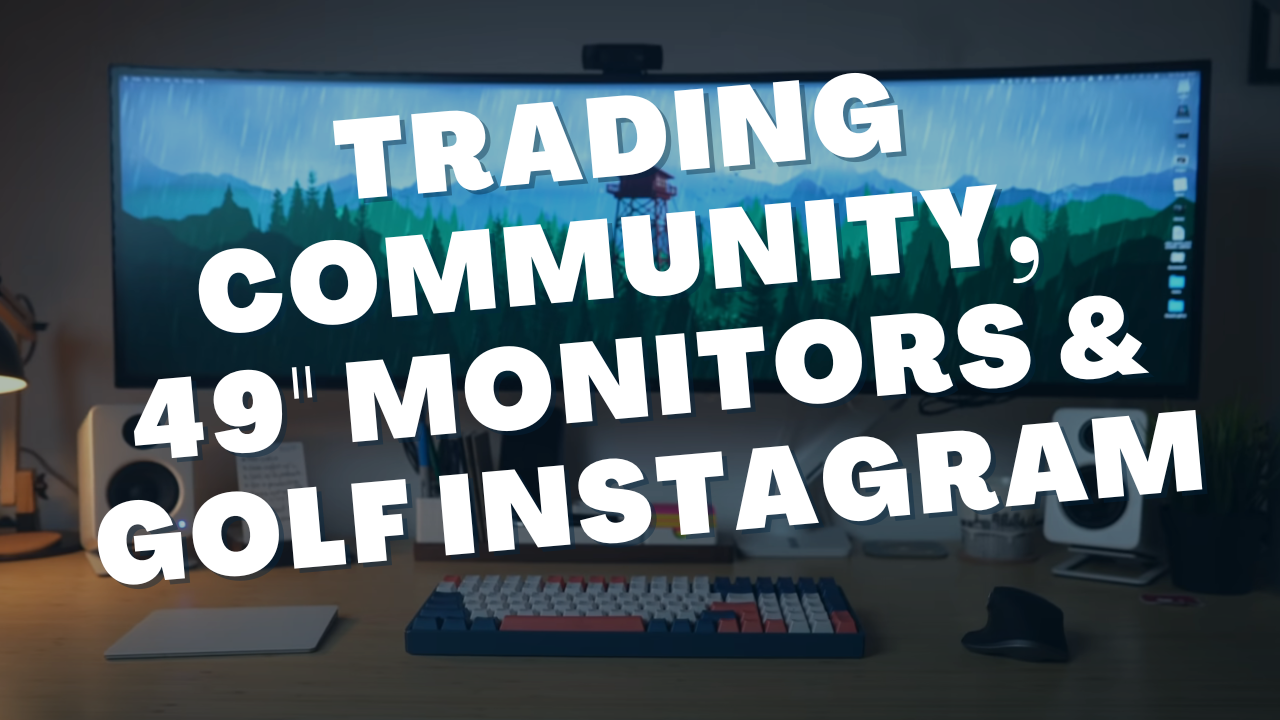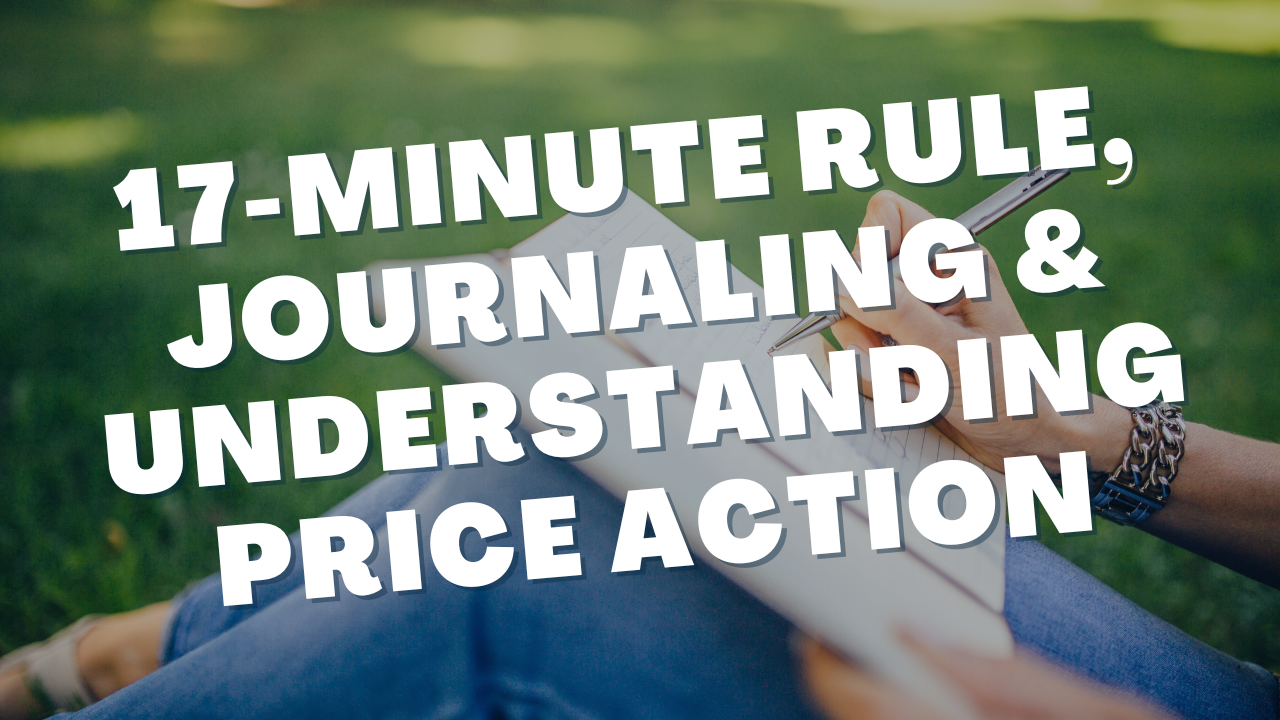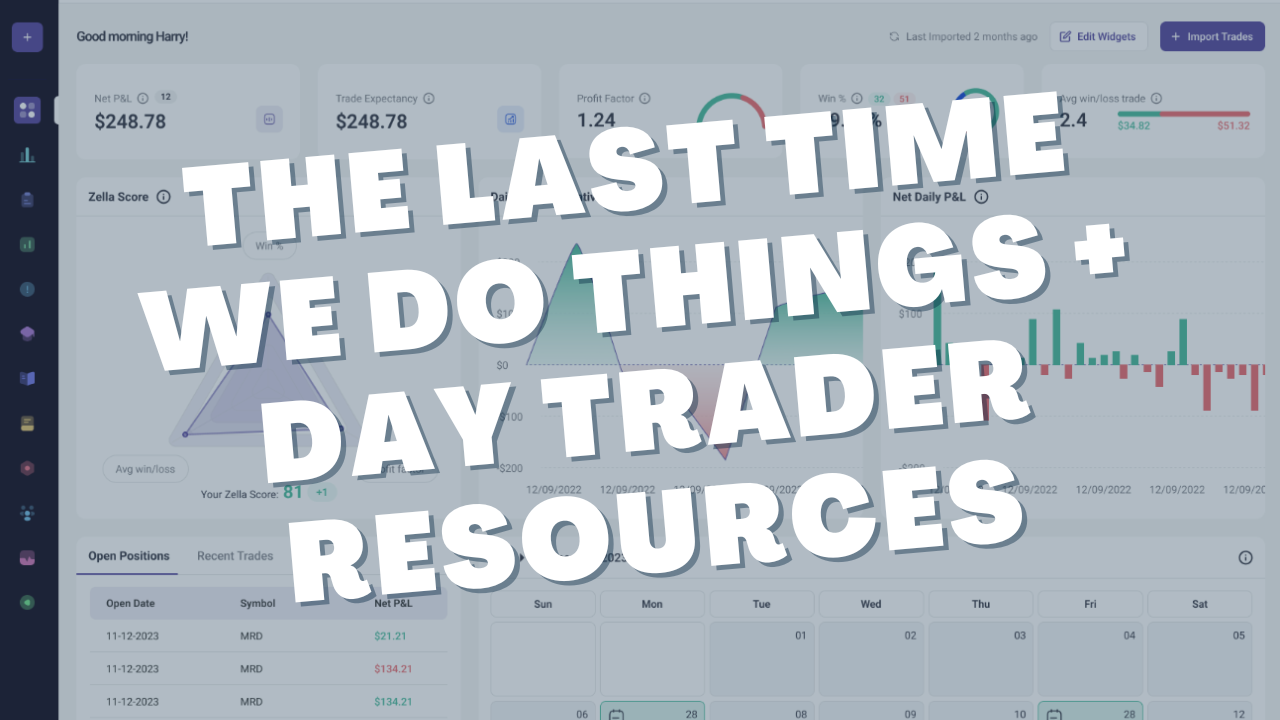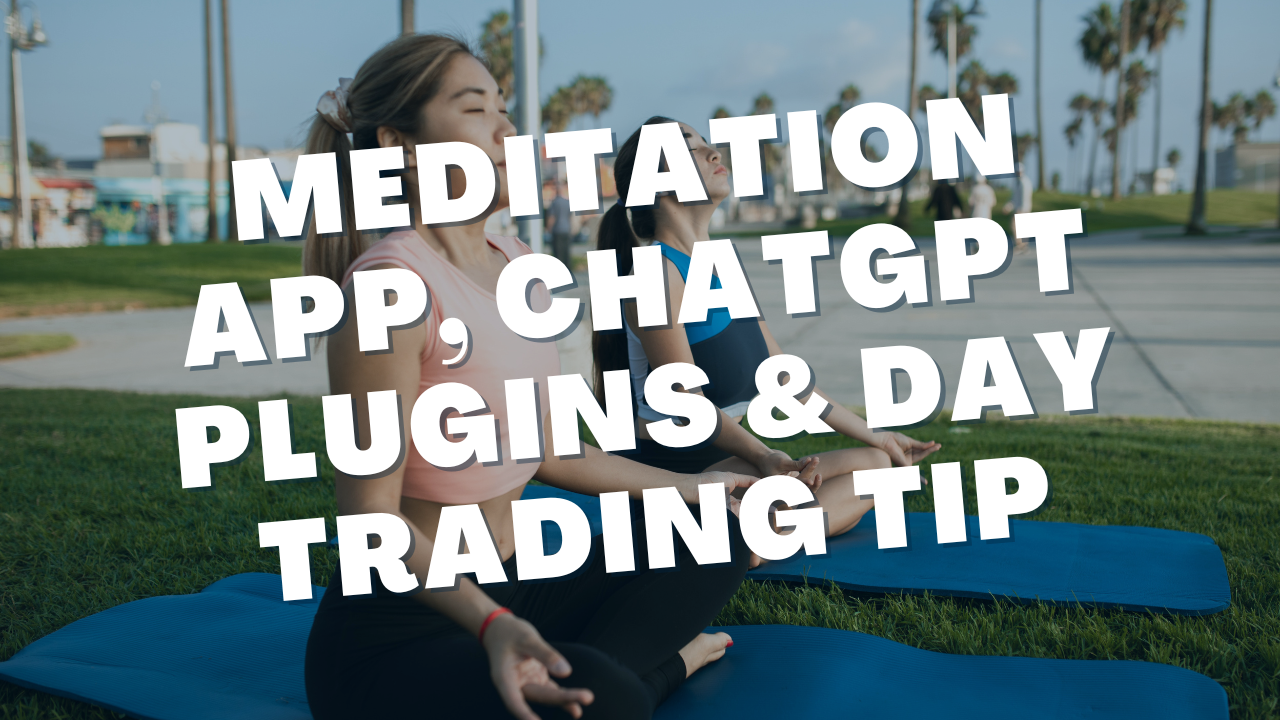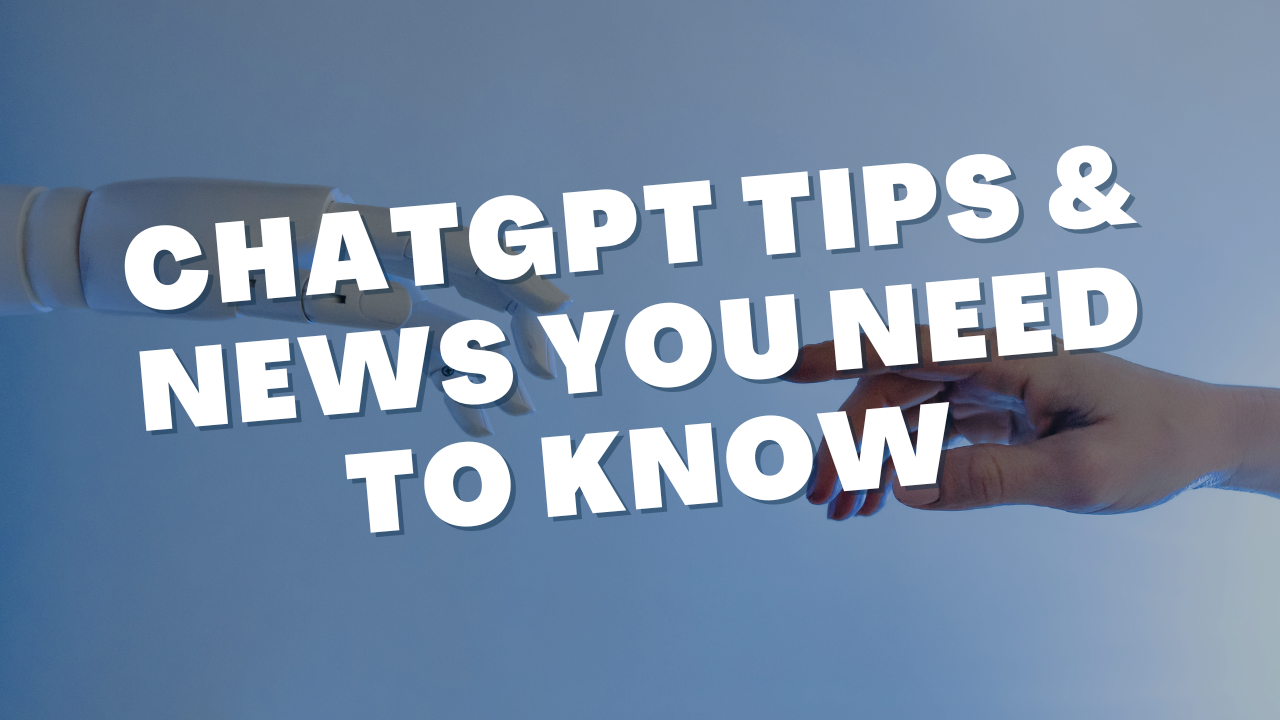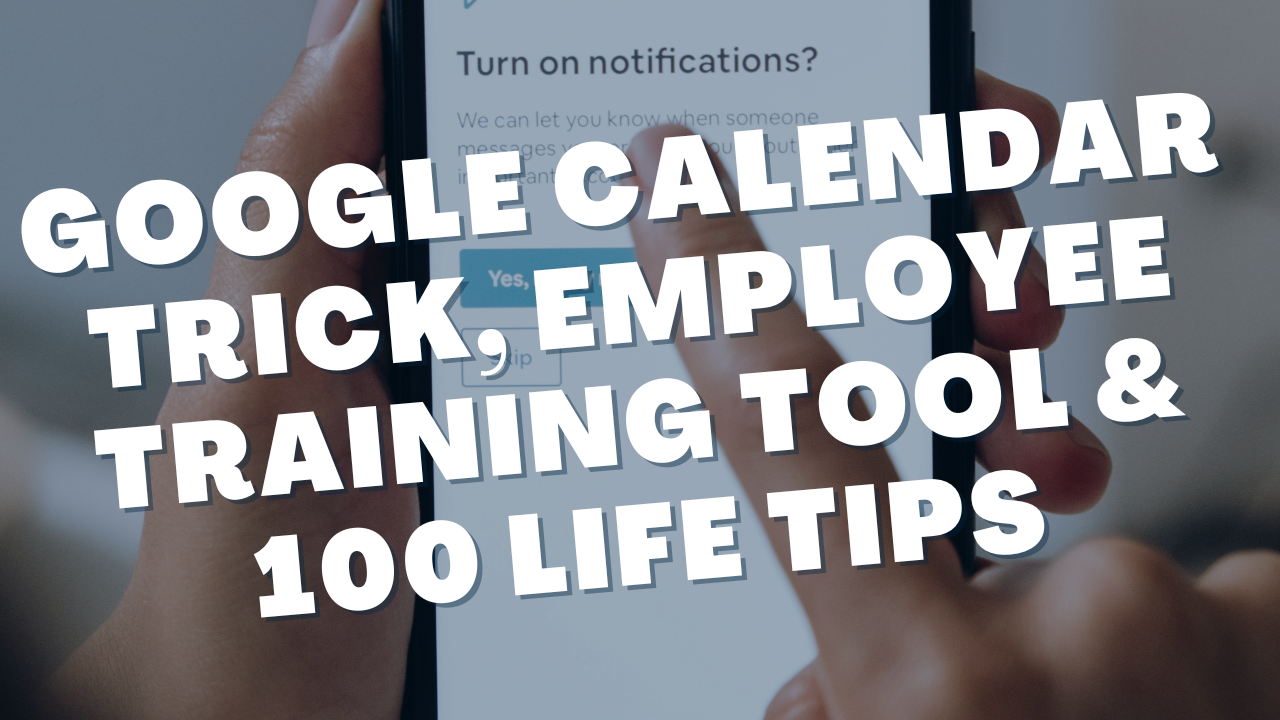From Procrastination to Productivity: 9 Proven Techniques to Get Ahead
Read Time: 5 Minutes
Procrastination is the ultimate killer of success, and it’s something that most entrepreneurs, especially new entrepreneurs, struggle with.
For years, I struggled with procrastination. If I’m being honest, procrastination has probably cost me thousands of hours and hundreds of thousands of dollars in income. It has caused unhealthy levels of stress, guilt, and anxiety and it has damaged my self-confidence.
But today, I hardly ever procrastinate. I’ve gone from being a chronic procrastinator that struggled to make any money to a productivity master that runs multiple successful businesses.
These are the 9 techniques, tools & tips that have helped me the most and that I'll cover in this article:
1. Create a Prioritized To-Do List the Night Before
2. Time Blocking
3. Break up Intimidating Tasks
4. The 5-Minute Rule
5. The Pomodoro Technique
6. Block Notifications
7. Eliminate the Noise
8. Take a Walk
9. The Weekly Review
1) Create a Prioritized To-Do List the Night Before
There is nothing that our old friend procrastination loves more than when you sit down at your desk in the morning without a clear plan of action. That’s why it is essential to make time at the end of your workday to create a prioritized to-do list for the next day.
A couple of questions I like to ask myself include:
- What is the first task I will work on in the morning?
- What is the #1 most important task that I have to do tomorrow?
Then, I get everything out that I’ll need to accomplish those two things. I put any necessary paperwork near my desk. I open up any software programs or websites that I’ll need. I make it as easy as possible to get straight to work when I sit down at my desk the following day.
2) Use Time Blocking
Time blocking is when you block off parts of your calendar for doing specific types of work. For example, I do all of my writing activities on Mondays, I do editing and content scheduling on Wednesdays, I create processes, automations & virtual assistant training material on Thursdays, and I do brainstorming and planning on Fridays.
There are two major benefits of doing it this way:
- It reduces switching costs. Every time you switch from one type of task to another, you create an opportunity to procrastinate. That’s because starting a new task is mentally difficult. When we switch tasks we have to dig into our supply of willpower. But that supply is limited. So each time you switch tasks it gets more and more likely that you’ll end up on Instagram or TikTok or whatever your procrastination weapon of choice is.
- It allows you to focus on difficult tasks when you’re at your most productive. Ever notice how you’re more productive at certain times of the day? For me, mornings are the best time to do mentally taxing tasks like writing. If I don’t do it in the morning, it won’t get done. So I block off my mornings for that type of work and I schedule things like client meetings and managing my VAs in the afternoons. Everybody is different so just figure out what type of schedule works best for you.
3) Break Up Intimidating Tasks
We procrastinate when we face large, daunting tasks. If I were to put “Build a website for client A” on my to-do list I would get completely overwhelmed. A better technique is to break that task up into multiple sub-tasks. For example, I might say:
- Find 5 similar websites and look for design inspiration.
- Create mockups for the Home page, About page, Services pages, and Contact page
- Add site content & images
- Finalize the site’s design & launch
Those are much more approachable than “build a website” and they allow me to build momentum.
If you find yourself consistently avoiding an important task, try breaking it into bite-size pieces.
4) The 5-Minute Rule
I learned this rule from a fitness coach. He said, “Next time you don’t feel like working out, I want you to go to the gym and just do 5 minutes of exercise. If the 5 minutes end and you still don’t want to be there, you can call it quits. But you have to give it 5 minutes.”
What I found was that 9 times out of 10, I would finish the 5 minutes and decide to continue on and complete my workout.
That’s because the hardest part of any challenging task is getting started. But when you commit to doing 5 minutes, you’re able to build up the momentum necessary to push through.
The lesson: Next time you’re staring down an important task that you don’t want to do, tell yourself that you’ll do 5 minutes. Just get that ball rolling and see where it takes you.
5) The Pomodoro Technique
The Pomodoro Technique is a productivity technique where you set a timer and do 25 minutes of focused, uninterrupted work on a single task followed by a short 5-minute break. That’s one Pomodoro. After 4 Pomodoros, you take a longer 15-30 minute break. Repeat throughout the day for insane productivity.
One little tip is to play around with the timing. When I started using the Pomodoro Technique, I found that I would be in the zone when the 25-minute timer went off and I wouldn’t want to stop for a break. I started increasing my work time and I discovered that 45-60 minute work stretches followed by a 10-minute break was perfect for me.
Test it out and see what works best for you.
Pro Tip: There are tons of great Pomodoro apps and websites that will alert you when it’s time to switch between work time and break time. And most of them allow you to customize the time intervals. The one I’m using today is
https://studywithme.io/
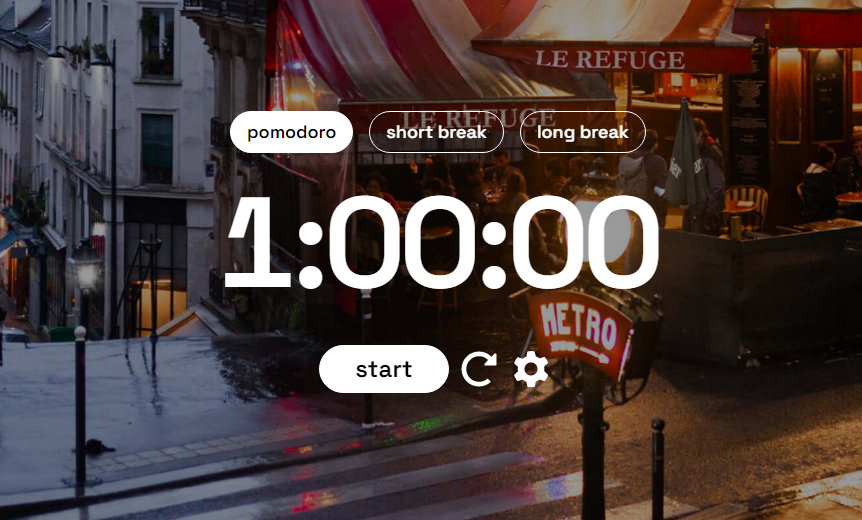
6) Block All Notifications
The entire purpose of a notification is to steal your attention. They are designed to get you to stop what you’re doing and focus on something else - whether it’s a social media feed, a text message, or a news article.
Notifications are the enemy of productivity and they must be eliminated.
So grab your phone, go into settings, and turn off all notifications. Social media, news, email, text message - mute them all. Then do the same thing on your computer. If you want to start small, you can turn notifications back on when you’re done working but I’d encourage you to try turning them off for good. I promise you’ll grow to love it.
7) Eliminate the Noise
One of my favorite ways to mentally “check-in” to work mode is to throw on my noise-canceling headphones and fire up a go-to work playlist. I think at this point it’s kind of a ritual. My subconscious mind knows that when the headphones go on, it’s work time.
It also helps me block out distracting noises that would otherwise interrupt my work. I work from home so for me, it blocks out the barking dog, the screaming kids, and the Frozen soundtrack that plays on repeat.
For you, it might block out noisy neighbors and honking cars or it might signal to your roommates or colleagues that you don’t want to be bothered.
Here are two Spotify playlists that put me in the zone:
- Binaural Beats Study Music - great for deep work that requires serious focus.
- Lofi Beats 2023 - great for busy work that requires a little more fun & energy
Note: There are different types of binaural beats for different scenarios. Some are great for stress reduction or sleep and some are great for memory recall or concentration. Play around with different ones and find the type that you like. Then turn it on and set it to repeat the song for as long as you are working.
8) Take a Walk
Even when you do all of the things mentioned above, there will still be moments when you can’t bring yourself to get anything meaningful done. The friction that you’re feeling is most likely your body telling you that it needs a break. And it’s always best to listen to your body.
Next time this happens, stop what you’re doing and go move your body for 30-45 minutes. Personally, I like to grab the dog and head outside for a walk. But you could also do a quick yoga session, do a light workout or even just chase your kids around for a bit.
The key is to get the blood flowing. By the time you’re done, you’ll be re-energized and ready to tackle the next task on your to-do list.
9) The Weekly Review
One of the most common forms of procrastination is doing busy work that makes us feel productive instead of important work that gets us closer to achieving our goals.
This type of procrastination can be difficult to spot because we actually trick our brains into thinking we’re doing a good job. The next thing you know, weeks have passed by and you realize you haven’t accomplished anything of value.
To combat this, I’ve created a weekly review document (see below) that I complete every Sunday night. It’s just a short questionnaire that forces me to review my goals and track my progress.
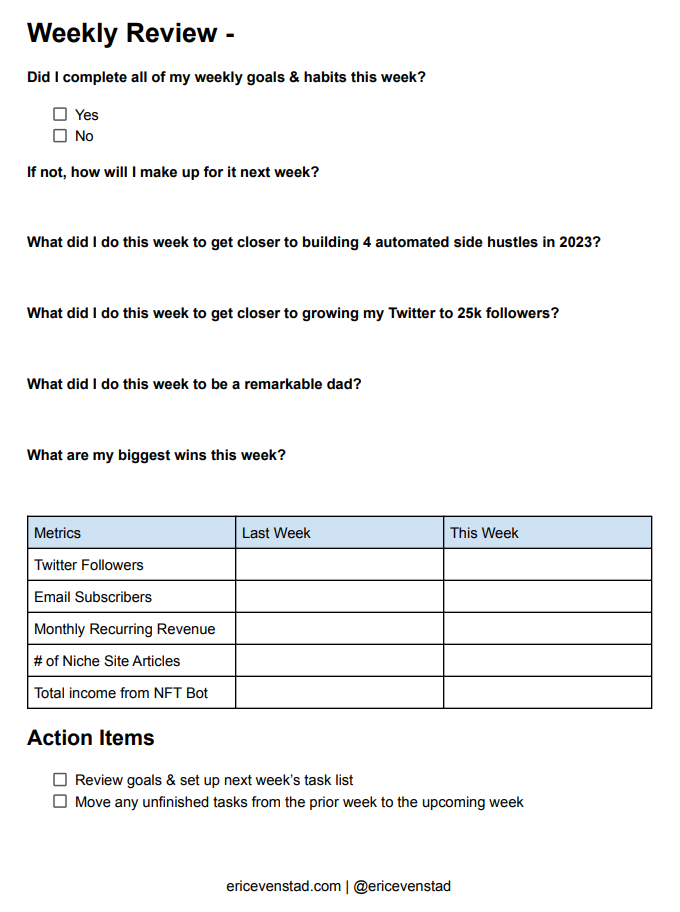
Another benefit of the weekly review exercise is that it helps you identify what is working and what is not. And this added clarity allows you to make timely adjustments to your tactics and strategies.
I highly recommend that you incorporate the weekly review into your life. To help you get started, I’ve created a
weekly review template. Feel free to copy it and modify it according to your own goals & habits.
Next Steps
There you have it: 9 ways to eliminate procrastination and start achieving your goals.
If you struggle with procrastination, start implementing these tips into your daily life. They will undoubtedly make you a more successful entrepreneur, they’ll reduce your stress, and they’ll help you achieve your most ambitious goals.
If you have questions or if you have other anti-procrastination techniques that you want to share, make sure you hit me up on Twitter
@ericevenstad.
